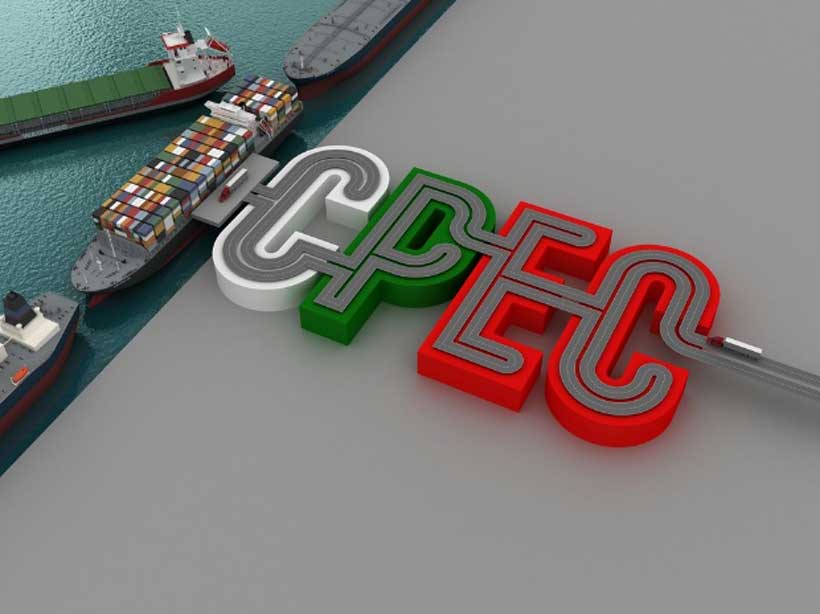ISLAMABAD: The China-Pakistan Economic Corridor (CPEC) has the potential to contribute to the achievement of the United Nations Sustainable Development Goals (SDGs) with effective implementation, inclusive policies, and proper monitoring and evaluation, experts said.
They said it’s crucial for the government and stakeholders to ensure that the benefits of CPEC are distributed equitably, and sustainable practices are followed throughout the project’s lifecycle.
Dr Hassan Dawood Butt, Senior Adviser at Sustainable Development Policy Institute (SDPI) and former project director at CPEC, said while talking to WealthPK that the contribution of CPEC to the UN 2030 Agenda and Pakistan’s main objectives envisioned under the internationally-recognised SDGs have lots of commonalities, and the two sets of goals complement each other in various ways.
“Apart from contributing to three SDGs directly, CPEC is likely to help in achieving various other SDGs indirectly,” he said.
“Increased trade and connectivity will, directly and indirectly, contribute to the accomplishment of many of these goals and objectives. The three main components of the CPEC are self-sufficiency in energy, expansion, and upgrading of communication infrastructure,” he mentioned.
Dr Hassan said CPEC is expected to create job opportunities and enhance the skills of the Pakistani workforce, which will contribute to SDG 8 (decent work and economic growth).
“Energy projects under CPEC will help Pakistan achieve SDG 7 (affordable and clean energy) by providing access to affordable and reliable energy,” he said.
Dr Hassan said the development of infrastructure under CPEC will contribute to SDG 9 (industry, innovation, and infrastructure) by improving transportation and connectivity in the country.
“If successfully implemented, CPEC is expected to resolve the chronic issue of energy shortfall, after which the Pakistani people will have access to reliable, sustainable, and modern means of energy,” he added.
Haroon Sharif, Senior Adviser on Financing for Development, UNDP Pakistan, told WealthPK that providing financing for the SDGs is a major problem.
“Traditionally, to achieve SDGs, Pakistan has been financing its Public Sector Development Programme (PSDP) through its budgetary resources that have been financed through revenue collection, which is less than 11% of gross domestic product (GDP), and borrowing from multi-lateral banks. There has been a cut in the development budget during the past few years to balance the large fiscal gap between revenue and expenditure,” he mentioned.
Haroon said Pakistan’s financial sector is dominated by commercial banks where development financing is subsidised by the state through priority lending schemes managed by the State Bank of Pakistan (SBP).
“There is a need to organise and manage the demand side to demonstrate the potential of impact investments for building climate resilience, adopting technology, connecting markets, and expanding outreach of health and educational services,” he stated.
Haroon said it’s time to work on a strategic partnership among policymakers, the private sector, and international development institutions to expand the pool of development financing and reach out to the marginalised segments of society.
“Pakistan could convert the dire need for investments in sustainable development to a great opportunity for the global pool of socially driven impact financiers in partnership with the UNDP and leading institutional investors,” he added. –INP





